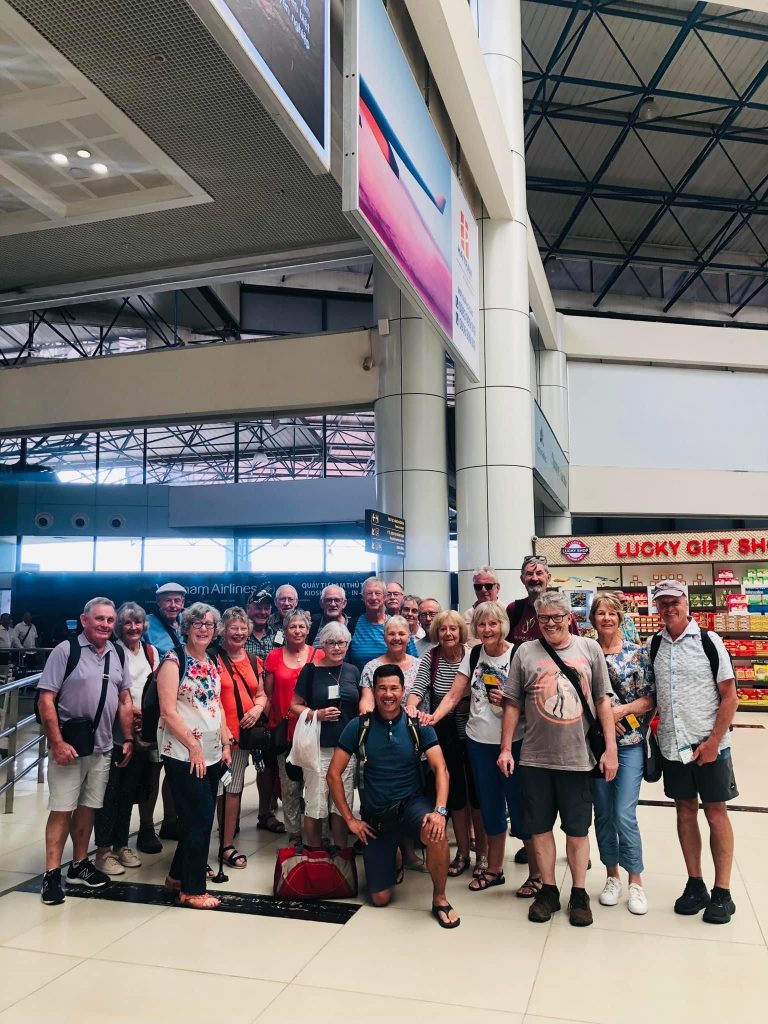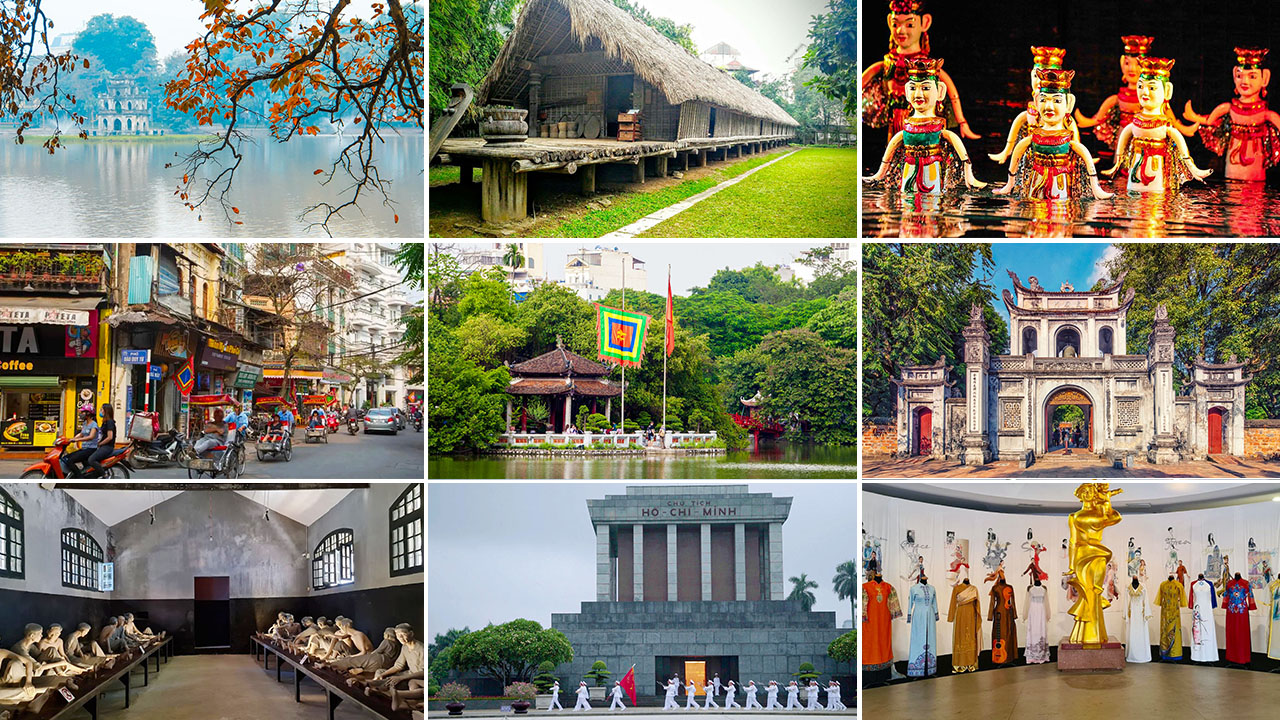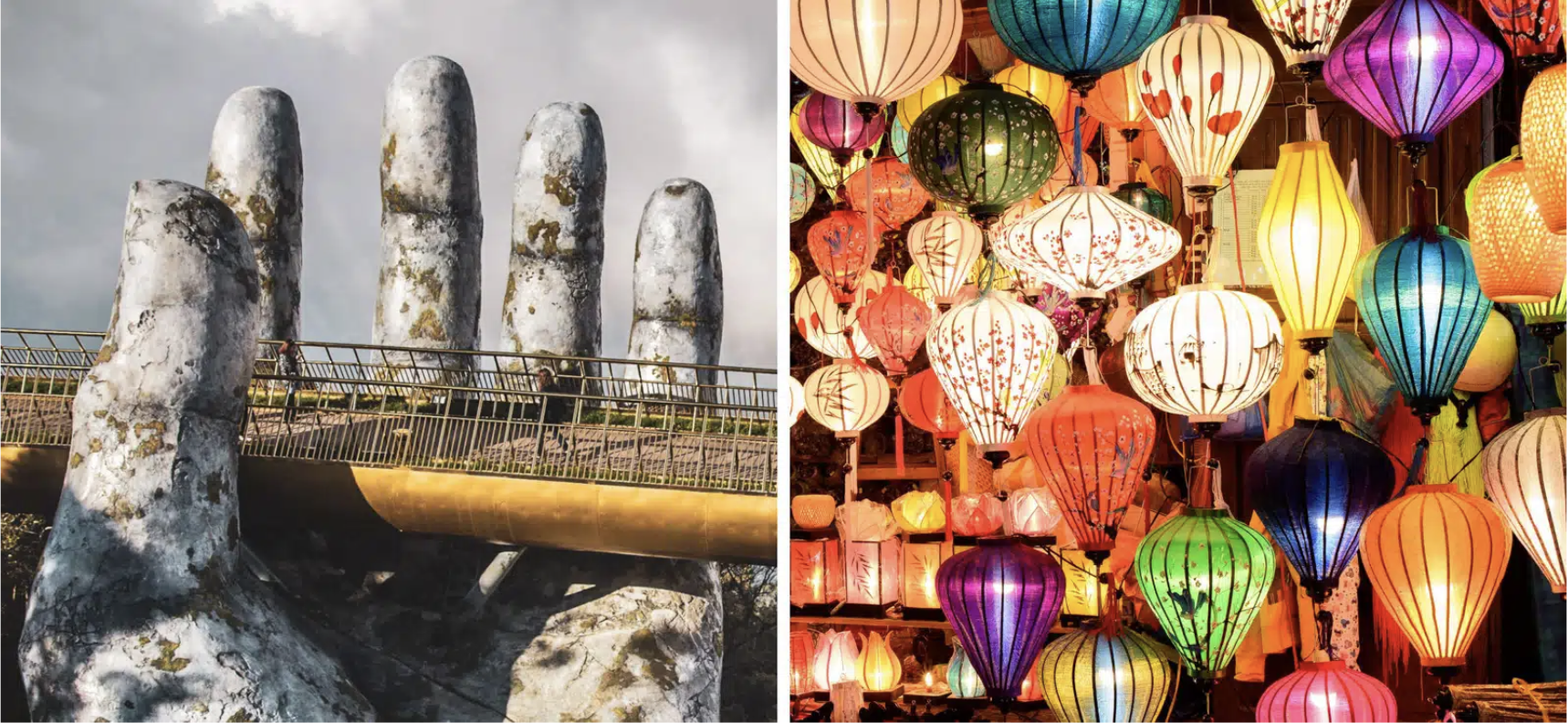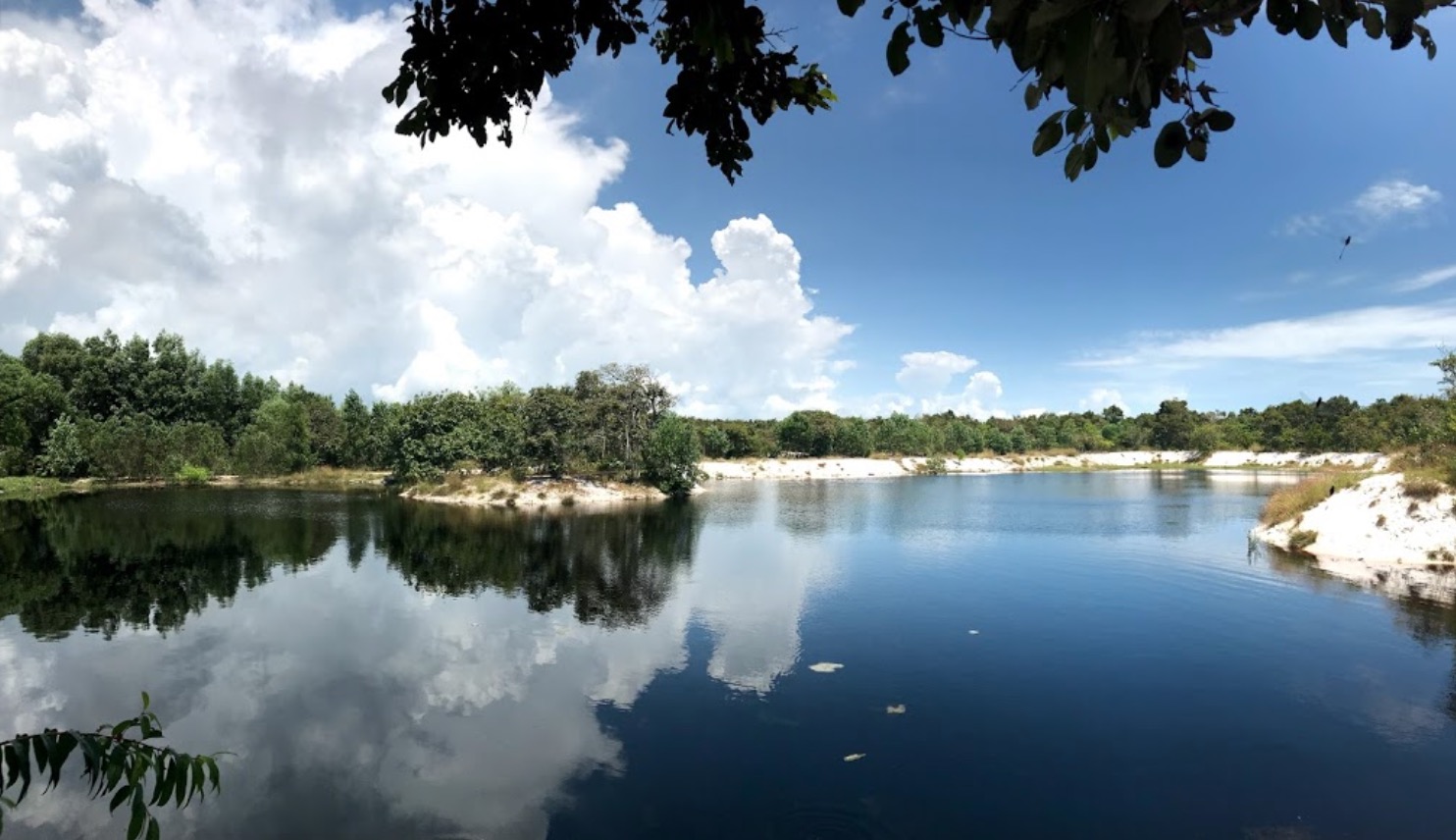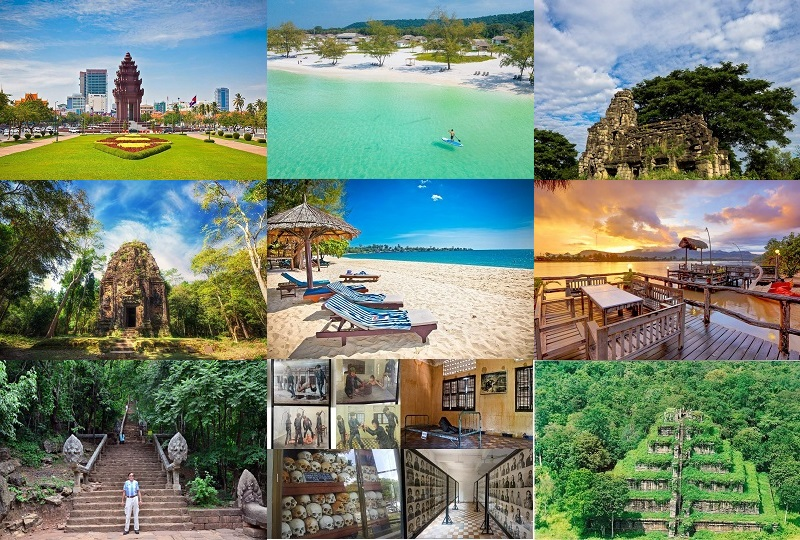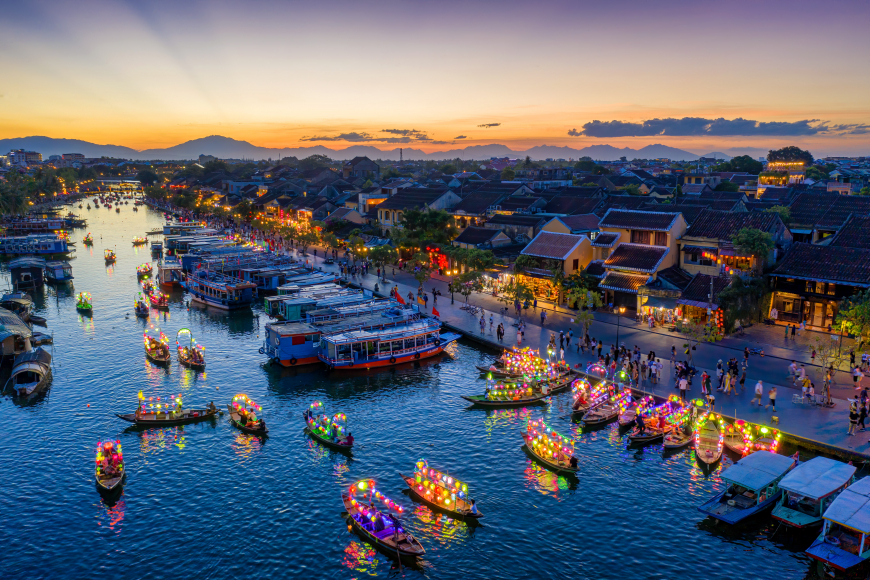Exploring Vietnam can be as diverse as the country’s own landscapes, and understanding how to travel in Vietnam efficiently is key to maximizing your experience. Whether you’re soaring through the skies or taking scenic routes on land or water, this guide provides essential insights on navigating Vietnam’s various transportation options. From the rapid flights connecting major cities to the winding rivers perfect for leisurely boat rides, each mode of transportation offers unique perspectives on this vibrant nation. As you plan your journey, consider these recommendations on getting to Vietnam and traveling within to ensure a smooth and memorable adventure.
How to travel in Vietnam by air?
When asked about modes of transportation in Vietnam, air travel emerges as the most practical option for explorers limited by time. While a train journey from Hanoi to Ho Chi Minh City could take up to 30 hours, a flight lasting only 1 to 2 hours offers invaluable additional exploration time. Surprisingly, domestic flight tickets are budget-friendly, with numerous daily flights connecting major destinations. As you embark on your aerial adventure, many Vietnamese airlines await your choice. Vietnam Airlines leads as the premier airline, but affordable alternatives like VietJet, Bamboo Airways, Vietravel Airlines, and Pacific Airlines also transport travelers across the country’s skies.

You will find connections to various locations, including flights to Nha Trang, from Hanoi to Hue, from Ho Chi Minh City to Da Nang, and from Hanoi to Ho Chi Minh City. Scattered throughout Vietnam are numerous airports ready to take you to charming destinations. For those getting to Vietnam and wondering how to travel in Vietnam, flying offers a swift and efficient way to experience the vast and diverse landscapes of the country.
How to travel in Vietnam by land?
By train
Traveling by train in Vietnam equates to relaxation and enjoying picturesque landscapes, making it an ideal way to discover the country. This mode of transportation is popular among those seeking an authentic travel experience. The railway spans 2,600 kilometers, creating a vital link between the North and South, and unveils the country’s hidden beauty.
From the southern elegance of Ho Chi Minh City to the northern charm near the Chinese border, the journey offers four main seating options: soft seat, hard seat, and sleeper classes, each designed to enhance the travel experience. Tickets can be conveniently purchased at stations or online, fitting seamlessly into various travel plans. Young travelers benefit too, with children under six traveling for free and those aged six to ten enjoying a 25% discount. As you traverse from Hanoi to Ho Chi Minh City on Vietnam’s main railway, you’re treated to the captivating beauty of the coastline, with numerous stops to explore along the way. Other popular routes include trains from Ho Chi Minh City to Nha Trang and from Hanoi to Ninh Binh.
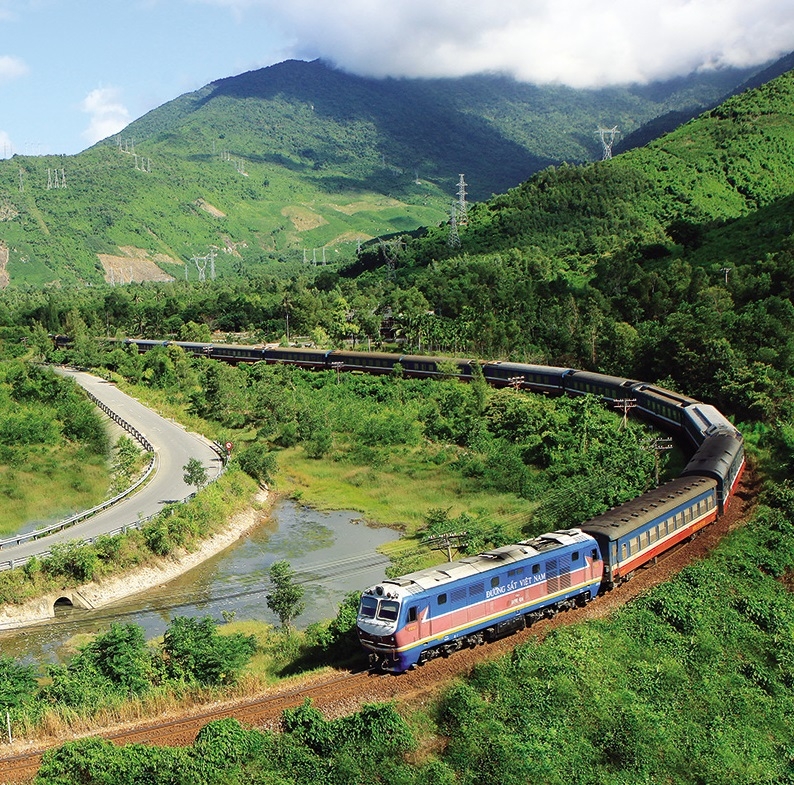
For those getting to Vietnam and wondering how to travel in Vietnam, the train offers a scenic and immersive journey across the diverse landscapes of the country, providing a unique and memorable travel experience.
By bus
If you’re wondering how to travel around Vietnam on a budget, buses are definitely the answer. Buses are one of the most popular modes of transportation in Vietnam, appealing as a budget-friendly option for travelers looking to save money. Operating from early morning until late evening, buses offer tremendous flexibility. They are incredibly economical, with public bus fares astonishingly low at just 7,000 VND (about $0.30) for city trips, while a full day of touring rarely exceeds 50,000 VND (about $2). This cost-effective transportation mode is practical in both bustling urban areas and the rural countryside.
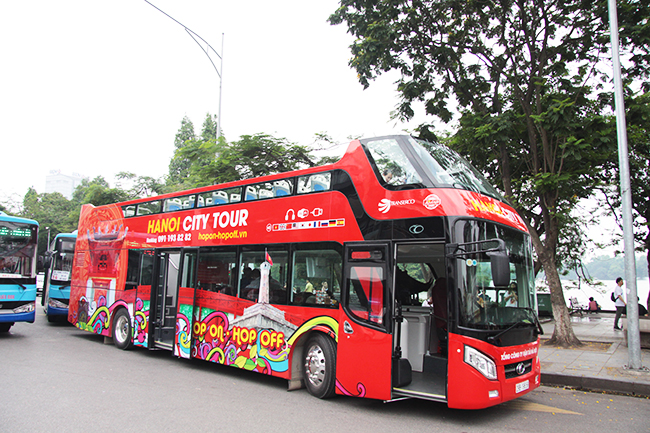
Moreover, there are several bus routes for intercity travel. Noteworthy routes include buses from Hanoi to Ha Long Bay and from Hoi An to Hue. It’s important to note that these intercity routes are more expensive than urban travel, starting at 150,000 VND (about $6.5) because they are operated by private enterprises rather than being part of the public bus service. For those getting to Vietnam and exploring how to travel in Vietnam, buses provide an affordable and efficient way to see the country’s varied landscapes and cultural sites.
By car
Car rental services are becoming increasingly popular for travel enthusiasts in Vietnam. This mode of transportation offers unparalleled comfort and flexibility, allowing you to move freely without constraints. You can swiftly adjust your itinerary to accommodate weather conditions or personal preferences. A variety of car rental options in Vietnam are waiting for you. To make the right choice, consider your travel needs. Once decided, contact rental agencies and carefully review both the contract and the vehicle. Tourist centers also offer packages that include a car and driver, or customized itineraries. Costs range from $60 to $150 per day plus fuel, and typically include meals and accommodation for the driver. Sharing the journey with travel companions can help reduce costs. A tip for driving in Vietnam is to choose a 2WD vehicle for the plains and upgrade to a 4WD for the mountainous regions in the North. For those getting to Vietnam and exploring how to travel in Vietnam, renting a car provides a personalized and flexible way to discover the diverse landscapes and vibrant cultures of the country.
Read more: Vietnam Tour with Vietnam Tour 247
By motorbike
Motorcycles lead as the preferred mode of transportation in Vietnam, especially for adventurous souls seeking long rides and panoramic views. Consider embarking on a motorcycle tour in Vietnam to fully embrace this experience. However, newcomers to Vietnam’s roads should proceed with caution and adhere to local driving regulations. Motorcycle rental shops are abundant in most cities.
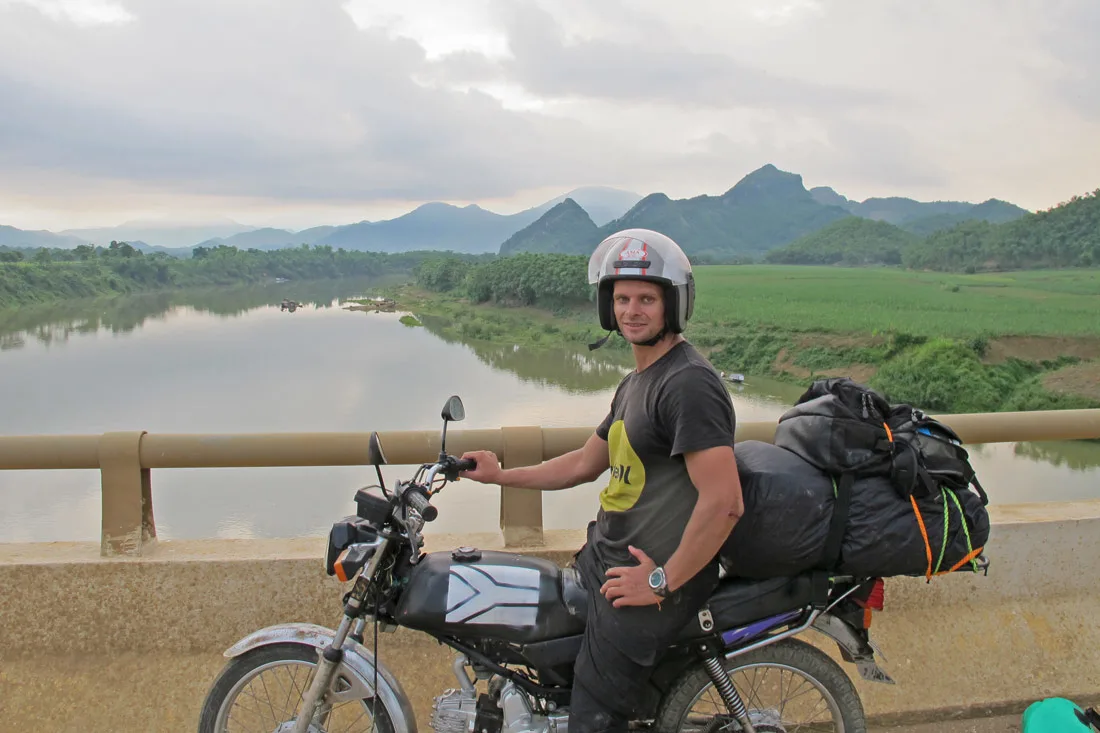
Rental costs vary depending on the type and quality of the bike, ranging from 150,000 to 300,000 VND per day (approximately $6.5 – $13). Longer rentals might require a deposit or the submission of a passport. Safety tips for traveling in Vietnam by motorcycle include avoiding parking in unguarded areas, always wearing a helmet, and parking in guarded lots when necessary. For those getting to Vietnam and exploring how to travel in Vietnam, riding a motorcycle offers an exhilarating and intimate way to explore the country’s diverse landscapes and vibrant local life.
By taxi
Compared to traveling by airplane or train, taxis offer better control over time and safety. Entrust your journey to experienced drivers who steer clear of on-road challenges. This transportation option is particularly suitable for those who enjoy scenic views from the comfort of a window seat.
Before calling a taxi, remember to:
Choose reputable taxi companies that you have verified online.
Research and compare fares for your planned route.
Take a photo of the license plate or save the driver’s contact information for future reference in case you leave behind any belongings.
For those getting to Vietnam and exploring how to travel in Vietnam, utilizing taxis can provide a convenient and flexible way to navigate the cities while ensuring safety and comfort.
By cyclo
Cyclos first appeared in 1939 as a favored mode of transportation in Vietnam. Once a luxury item for the upper class, these traditional vehicles were particularly prominent in major cities like Saigon, Hanoi, and Hue. Cyclos stand out from motorcycles and taxis by offering a slow, swaying journey that enchants passengers.
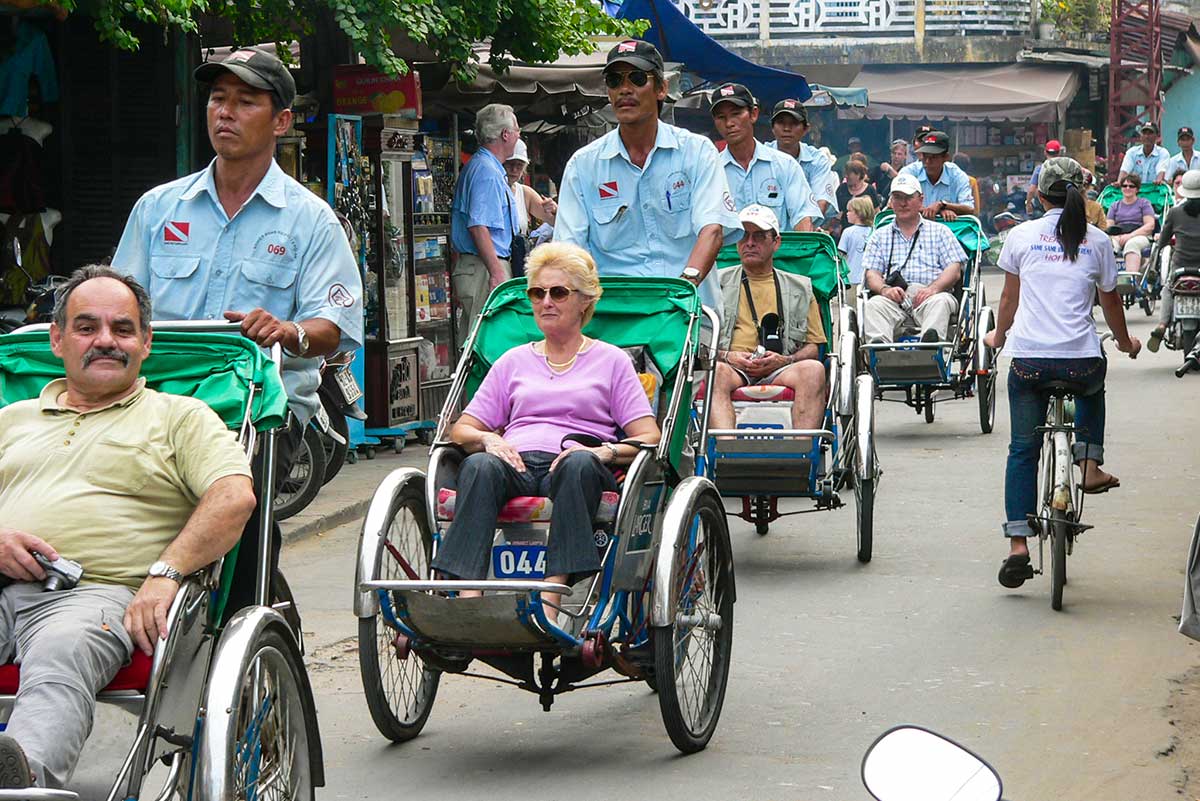
The gentle rocking combined with the captivating street scenes appeals to international tourists, often evoking a sense of relaxation and joy. Some passengers even find themselves gently nodding off during the tranquil ride. For those getting to Vietnam and exploring how to travel in Vietnam, a cyclo ride offers a unique and leisurely way to experience the vibrant street life and culture of the cities.
By bicycle
Cycling proves to be an exciting means of exploring Vietnam, as long as you stick to the tranquil rural roads and avoid the bustling highways. The flat terrain, warm welcomes from local residents, and accessible bike shops enhance the experience. Rental options are available at hotels and travel agencies, catering to local exploration. For longer adventures, consider joining a bike tour in Vietnam or hiring premium bicycles from companies like Vietnam Cycling or Indochina Bike Tours. Bicycles can even accompany you on buses or trains, making long-distance travel more manageable. For those getting to Vietnam and exploring how to travel in Vietnam, cycling offers a unique and immersive way to experience the country’s picturesque landscapes and friendly culture.
How to travel in Vietnam by water?
By cruise
Maritime travel in Vietnam offers an ideal mix of relaxation and exploration, catering to those who crave natural beauty. Across various locations such as Ha Long Bay, Lan Ha Bay, Nha Trang, and Phu Quoc, numerous cruise ships are ready, offering packages varying in duration and cost. The Mekong Delta river cruises and overnight HaLong Bay cruises are among the most sought after.
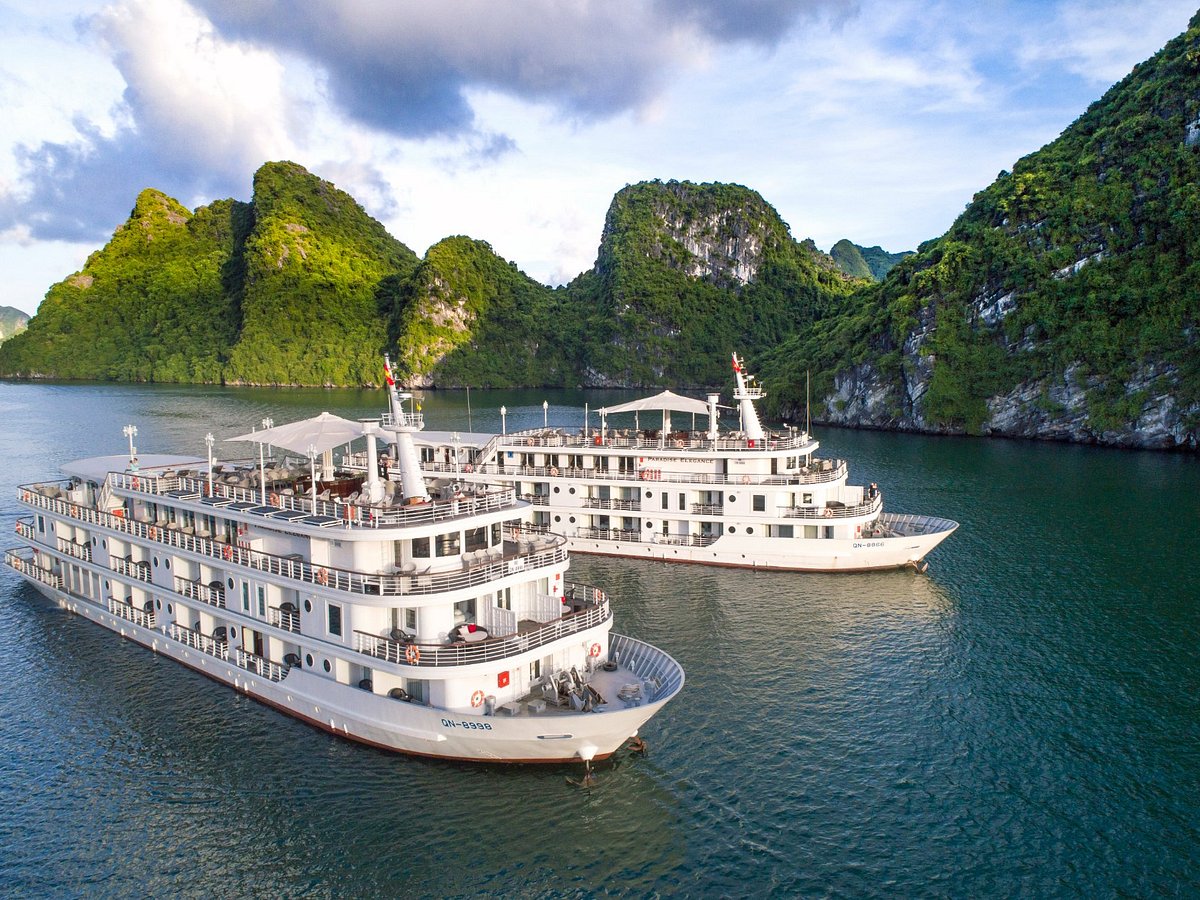
These voyages promise compelling experiences, from kayaking and cave tours to peaceful Tai Chi sessions and stunning sunset views. This is an opportunity to unwind while enjoying the natural masterpieces of Vietnam. For those getting to Vietnam and exploring how to travel in Vietnam, taking a cruise provides a serene and immersive way to experience the country’s breathtaking marine and coastal landscapes.
By boat
Many of Vietnam’s winding rivers are suitable for water transportation, but the most important waterway for ships remains the majestic Mekong River. As it converges with the South China Sea, this mighty river branches out into a labyrinth of narrower channels. Locals use passenger boats for transport throughout the country, while tourists often prefer organized day trips departing from Ho Chi Minh City, Nha Trang, Da Nang, Hue, and Tam Coc in Trang An, Ninh Binh. In addition to these destinations, boating in Hoi An is also a beloved experience for both locals and tourists.
Boats also serve remote islands, including the tropical paradise of Phu Quoc in the south, the scattered islets embellishing Nha Trang Bay, the Cham Islands near Hoi An in central Vietnam, and of course, the numerous islands and rocky formations of Ha Long Bay and the neighboring Bai Tu Long Bay. For adventurers heading to the Con Dao Archipelago, boat routes are available from Soc Trang, Vung Tau, or Can Tho on the mainland. Please note that sea travel can be affected during the storm season from May to December, particularly in August and September. Always stay updated on weather information and maintain readiness to adjust travel arrangements in response to approaching storms.
No matter which mode of transportation you choose, consider this guide to navigating through Vietnam’s attractive destinations like Hanoi, Ho Chi Minh City, Phu Quoc, Nha Trang, Hoi An, Da Nang, and Ha Long. For more on getting to Vietnam and how to travel in Vietnam, ensure your travel plans are well-informed and up to date.
When planning your next adventure in Vietnam, consider Vietnam Tour 247 as your go-to travel partner. Offering an impressive array of tailored tours that showcase the best of Vietnam, from the bustling cityscapes of Ho Chi Minh City to the serene waters of Ha Long Bay, Vietnam Tour 247 ensures each itinerary is crafted with your preferences and comfort in mind. Their local expertise and commitment to quality service guarantee not only seamless logistics but also authentic experiences that bring you closer to the heart of Vietnamese culture.
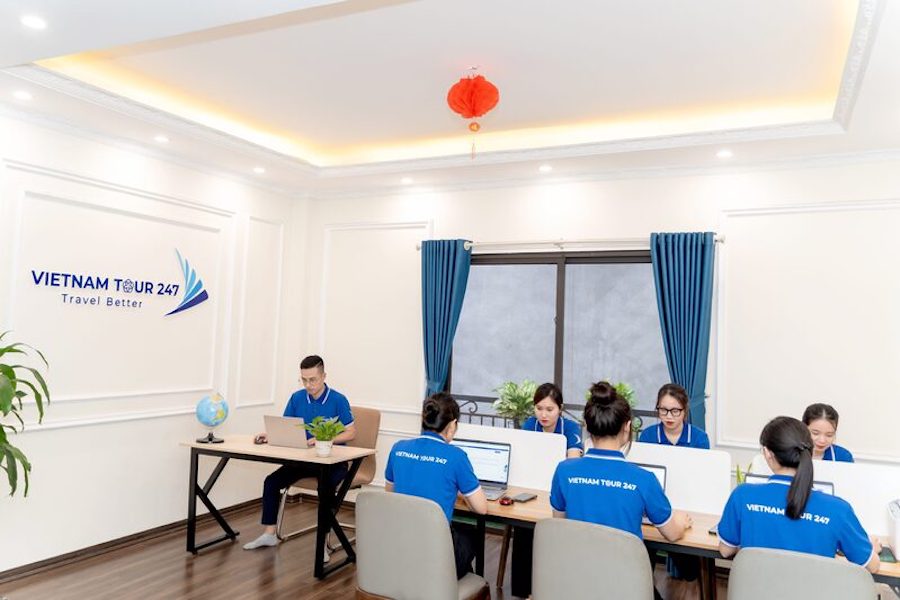
Choosing Vietnam Tour 247 means you’re opting for a travel experience that prioritizes your satisfaction and safety. With their knowledgeable guides, who are not only fluent in English but also passionate about their homeland, you’ll gain insights into the local customs, cuisine, and hidden gems that typical tours might overlook. Their 24/7 customer support and flexible booking policies offer peace of mind, making them an ideal choice for travelers seeking a stress-free and enriching journey through Vietnam. Whether you’re a solo adventurer or traveling with family, let Vietnam Tour 247 turn your dream vacation into reality.
Navigating through Vietnam’s myriad transportation options enhances your travel experience, allowing you to explore the vast beauty and cultural richness of the country. Whether you choose to travel by air for speed, by train for scenic beauty, by bus for economy, or by water for tranquility, each mode offers its own unique set of advantages. By understanding how to travel in Vietnam, you can tailor your journey to fit your personal preferences and needs. Remember to stay updated on local travel advisories, especially during the stormy seasons, and always plan with flexibility in mind. With this comprehensive guide on getting to Vietnam and moving around the country, you’re set to embark on an unforgettable journey through one of Southeast Asia’s most enchanting destinations.
Read more: All You Need To Know About Vietnam Visa

